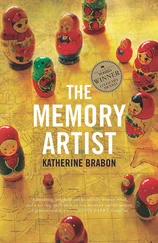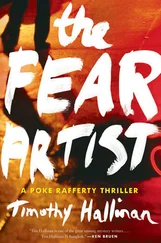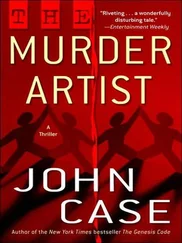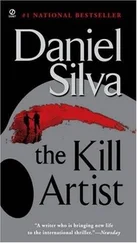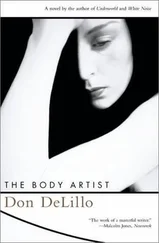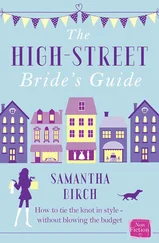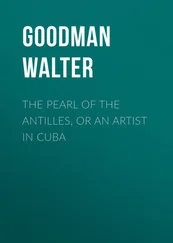Inks
Inks are ideal companions for watercolour and their rich, vibrant colours make them exciting for the artist to work with. However, their benefits stretch beyond striking effects. Try using them to glaze a watercolour in order to restore colour balance; they can be mixed and applied in washes to create the subtlest of colours. Because they are waterproof when they are dry, luminous washes can be built up, with none of the muddiness that can afflict watercolour. Nevertheless, the finished result is identical to watercolour.
Most, but not all, drawing inks are waterproof, so it is worth checking the label before you buy. Acrylic inks are waterproof and are available in a sumptuous range of hues.
MIXING MEDIA
Coloured pencils
Coloured pencils and watercolour pencils are a useful addition to a watercolourist’s toolbox. They are capable of astonishingly realistic effects when used by themselves; added to a dry watercolour they can restore texture and brighten or subdue tones without destroying the character of the paint. Try using them, for example, to add tree twigs or fine grasses to a painting.
Both types come in a large range of hues. Pick your own selection of colours rather than buying a box so that you do not waste money on colours you will not use. I find the best colours for adding to a watercolour are the tertiaries – greys, buffs and olive colours. Coloured pencils employed on top of a dry watercolour can even be removed with an eraser if unsuitable. If used wet, watercolour pencils are handy for small works, though they are limited in their ability to create large washes.
Coloured pencil has been added to this watercolour when dry to create texture on the walls of the barn and add grasses in the foreground. A little Ice Blue was rubbed into the background to soften the tone on the background hills.
Pastel has been added to this flower in order to increase colour in its centre and create a more even tone in the background.
Pastel
Pastel is good for achieving intensity of colour and for adding texture, but always remember to respect the character of watercolour. Once pastel is added, transparency will be lost, so use it only in areas where it will enhance the painting. However, there will be times when a watercolour will fail, despite all your efforts. Pastel can then be used on top of the painting in order to rescue it. The result will be a pastel painting and not a watercolour, but a painting will have been saved and transformed.
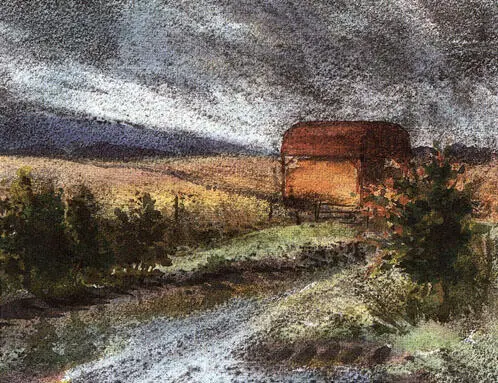
Here charcoal has been applied on top of a dry watercolour. An eraser has been used to lift out the light areas.
Charcoal
Charcoal can be used over a dry watercolour, then rubbed back with an eraser and fingers to reveal an image. Its smudgy grey and black tones help create a feeling of mystery and atmosphere in a watercolour. You can even rescue a painting that has gone wrong by adding charcoal over the top and lifting it out to reveal the areas you choose.
Charcoal is easily smudged, so needs careful handling. It can be sprayed with fixative when complete. Wet watercolour and charcoal do not usually mix well unless you want to create a really sludgy effect – but try it and see. After all, there are no rules that cannot be broken in art.
Wax
Wax is very useful for adding texture or maintaining highlights in a painting. The accurate placing of the wax is important, so a birthday-cake candle makes a better choice of tool than a household candle. Once in place, the wax resists watercolour washes. Apply it before any paint if you want to leave the paper white. As most highlights are either warm or cool rather than true white, the alternative is to add the wax over a light wash of colour, provided it is dry.
Candlewax is particularly good for grainy textures such as tree bark and stones. It can also be used to create sparkle on water. If you enjoy the effect of wax resist and watercolour, consider using oil pastels with watercolour to gain colour as well as texture.
Here I dotted in some wax highlights over a light blue base, then applied mid-tone washes. I made more wax marks to create lowlights before adding the darkest tones.
USING HOUSEHOLD ITEMS
Salt
When added to a drying watercolour, salt produces surprising results. As the crystals dry they draw colour off the paper, resulting in an entirely random speckled effect. The technique most obviously lends itself to winter scenes, such as snow crystals and snowstorm effects. However, there are other places you can employ salt. Try using it to produce a mottled effect on old pieces of wood, or on leafy foregrounds in autumn landscapes. It will produce an interesting background to a still life, and dropped into an area of still water can render effects not possible with a brush. You will need to lay washes of quite deep colours to benefit from the qualities the salt will produce.
You can use table salt or coarse sea salt, which produces larger ‘starbursts’. It is wise to experiment a little first, in order to discover the best time to drop salt onto a painting. Aim to do it a short time after you lay a wash, before it has had time to dry. Don’t continue to add more paint after you have used salt. It needs to be left flat in order to dry, which can take a couple of hours or even longer depending on the temperature of the room. Once it is dry, gently brush off any excess.
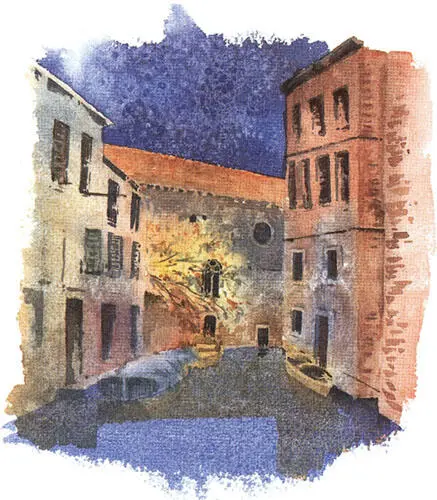
Here I dropped salt onto the sky and water areas as the painting dried. I used coarse sea salt, which produces a more starry effect, for the sky, while table salt was added to the water.
Soap
Adding soap to a painting creates a very different feel to the way the brush and paint behave. You need to use liquid soap or shampoo, and substitute it for water. This makes the paint sticky and creates I defined brushmarks rather like painting in oils or acrylics. Bouncing the brush slightly in the soapy colour will produce bubbles. Use soap to achieve craggy textured effects.
Soap used instead of water is good for rendering strongly textured subjects such as this mountain. The marks you produce will create an impasto result resembling oil paint.
Here clingfilm was used to create ripples on a streambed, though the subject was decided on only after the clingfilm was removed. The stones were then picked out in watercolour.
Clingfilm
Clingfilm laid on top of a wet watercolour produces some really interesting effects. Be prepared to accept what comes – the results are not easily controlled. I find it works best with linear forms such as tree bark, stems and the movement of water. It is a useful spur to the imagination – try experimenting with it to create fantasy landscapes.
To use clingfilm you need to lay some generous, strong washes of colour; water dropped and dribbled onto the wet colour will contribute to the result. Lay the clingfilm loosely over the area and press down gently, allowing the material to crease and wrinkle naturally. Leave flat to dry before lifting off the film to reveal the texturing. Watercolour can then be added to reinforce the chosen image.
Collage
Collage is an exciting addition to a watercolour. It produces highly unusual effects, mainly textures, that cannot be achieved any other way. You can add any material to your surface, tissue paper being a favourite of mine. Make an underpainting first, then tear small pieces of tissue (the paper sizes don’t matter, as long as the edges slightly overlap the next piece when stuck down). Stick them to the painting with paper glue. The image will still be visible underneath.
Читать дальше



